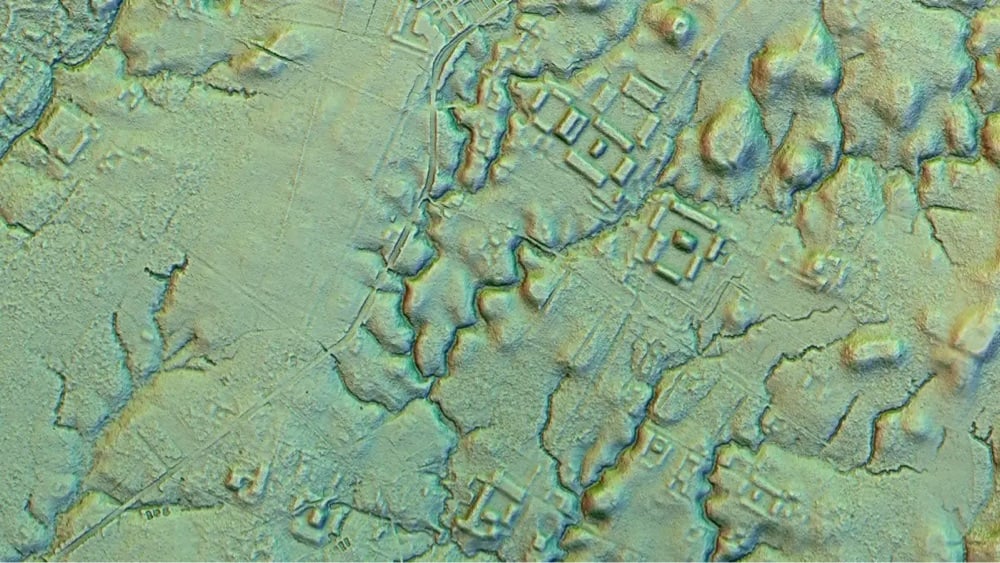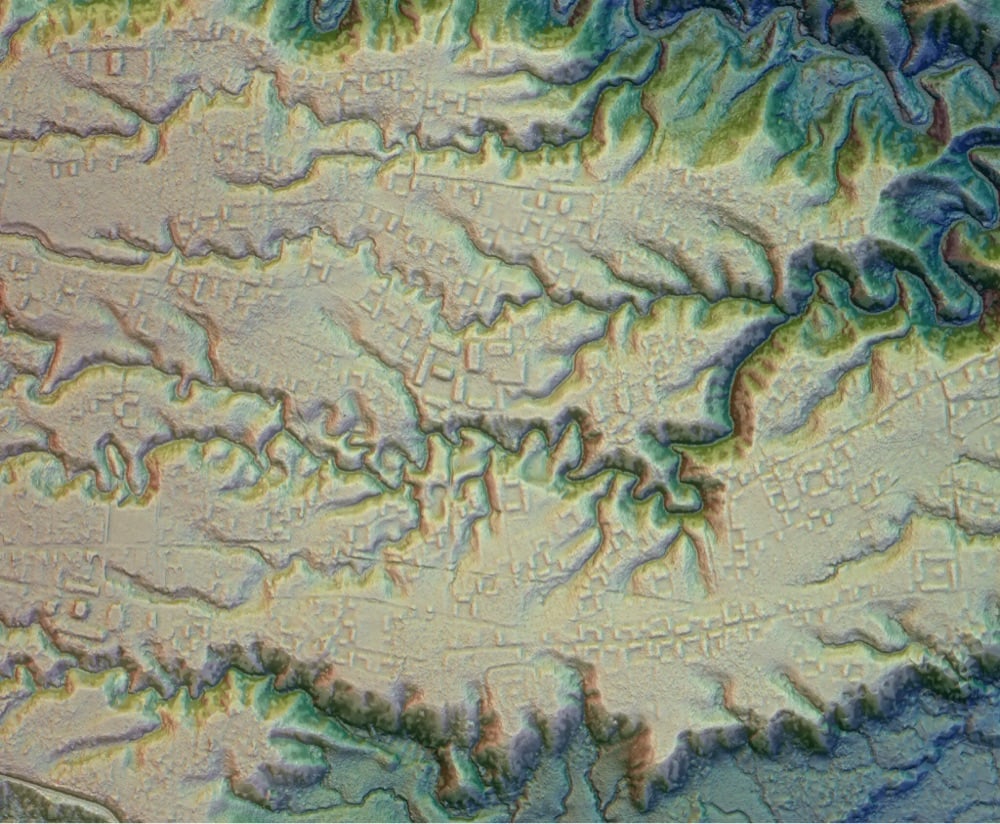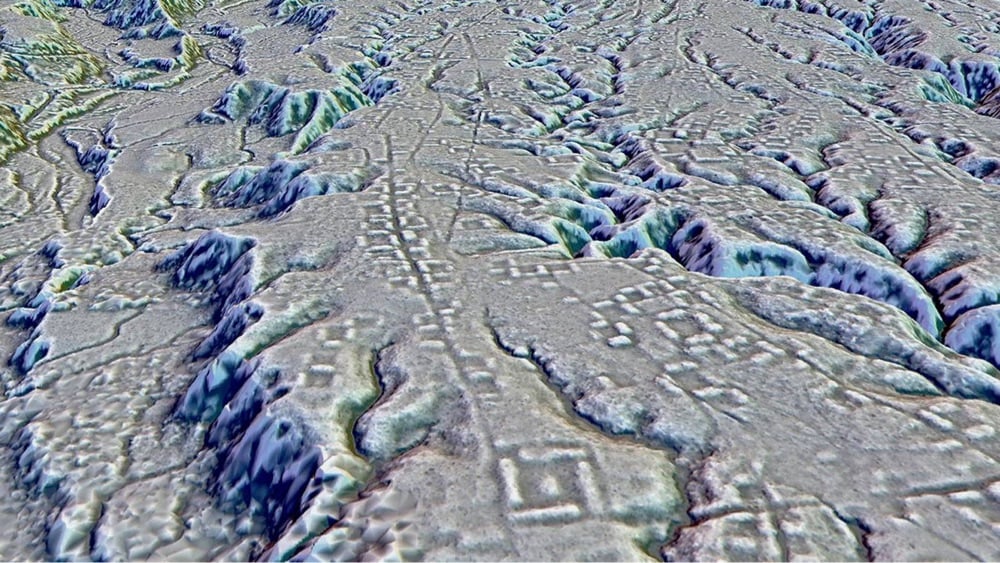Massive Ancient Network of Cities Found in the Amazon



Using lidar, a team led by archaeologist Stéphen Rostain has found evidence of a network of cities in the Amazon dating back thousands of years. From the BBC:
Using airborne laser-scanning technology (Lidar), Rostain and his colleagues discovered a long-lost network of cities extending across 300sq km in the Ecuadorean Amazon, complete with plazas, ceremonial sites, drainage canals and roads that were built 2,500 years ago and had remained hidden for thousands of years. They also identified more than 6,000 rectangular earthen platforms believed to be homes and communal buildings in 15 urban centres surrounded by terraced agricultural fields.
The area may have been home to anywhere from 30,000 to hundreds of thousands of people:
“This discovery has proven there was an equivalent of Rome in Amazonia,” Rostain said. “The people living in these societies weren’t semi-nomadic people lost in the rainforest looking for food. They weren’t the small tribes of the Amazon we know today. They were highly specialised people: earthmovers, engineers, farmers, fishermen, priests, chiefs or kings. It was a stratified society, a specialised society, so there is certainly something of Rome.”
You can read more coverage of this in New Scientist, the NY Times, Science, and the Guardian.
I still remember reading Charles Mann’s Earthmovers of the Amazon (which he turned into the excellent 1491) almost 25 years ago and being astounded to learn that civilizations in the Americas were older, larger, and more widespread than I’d been taught.





Stay Connected